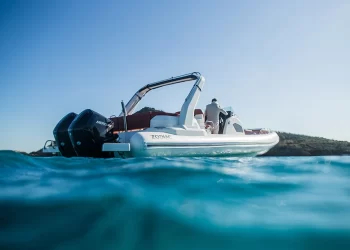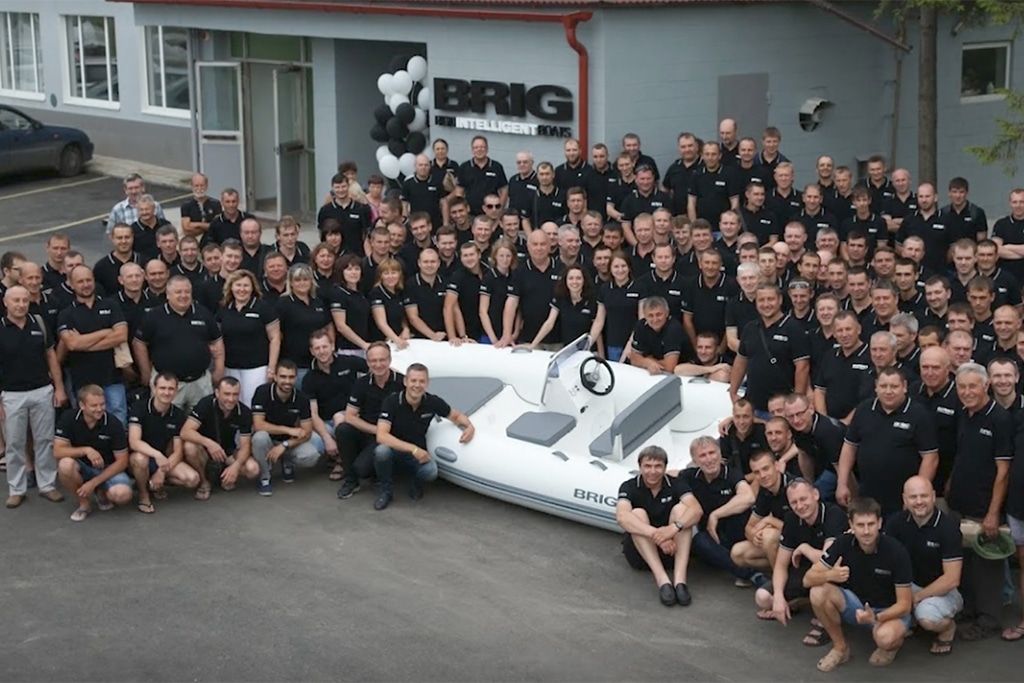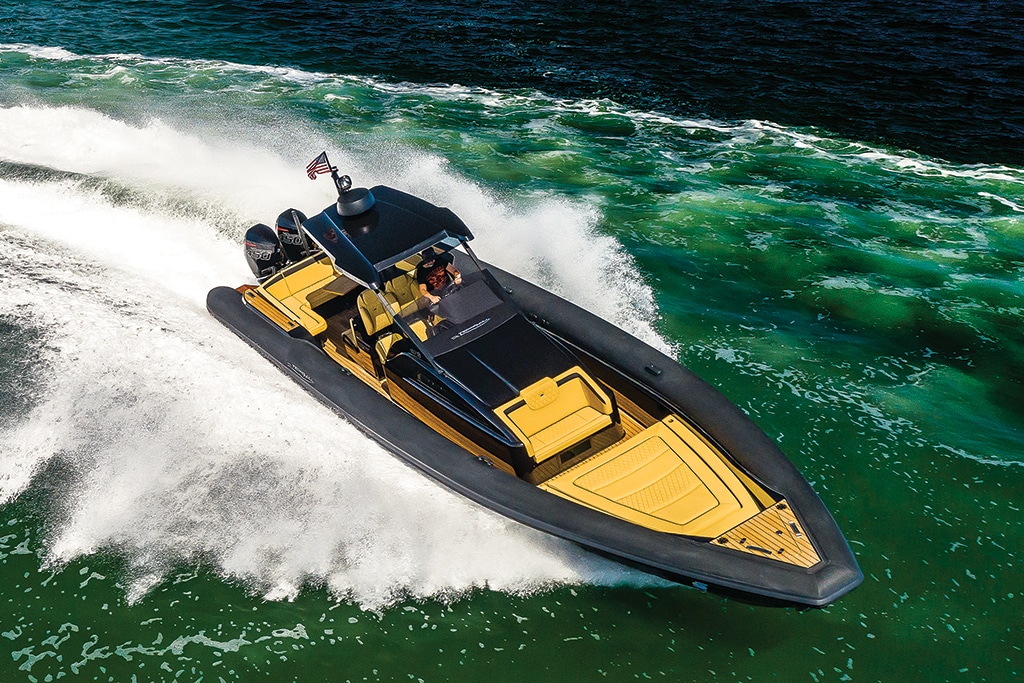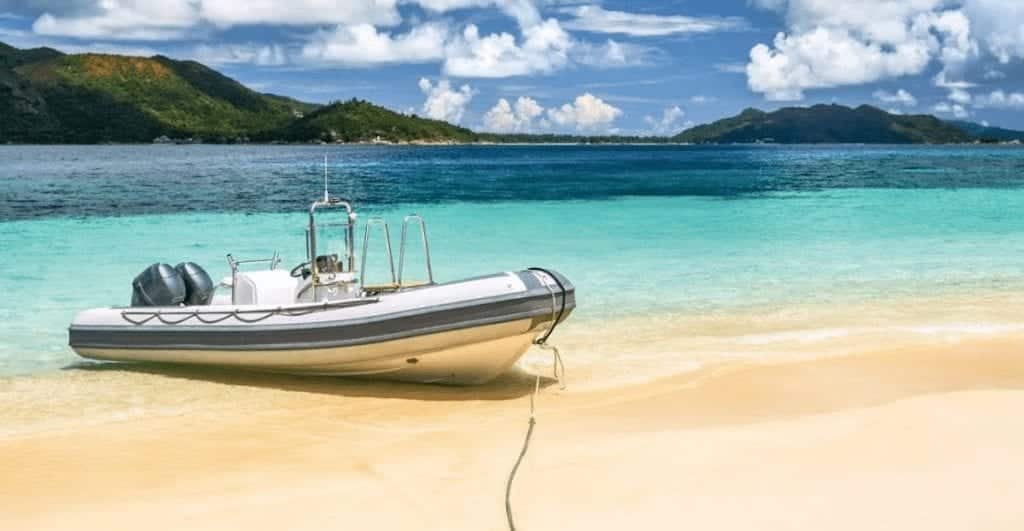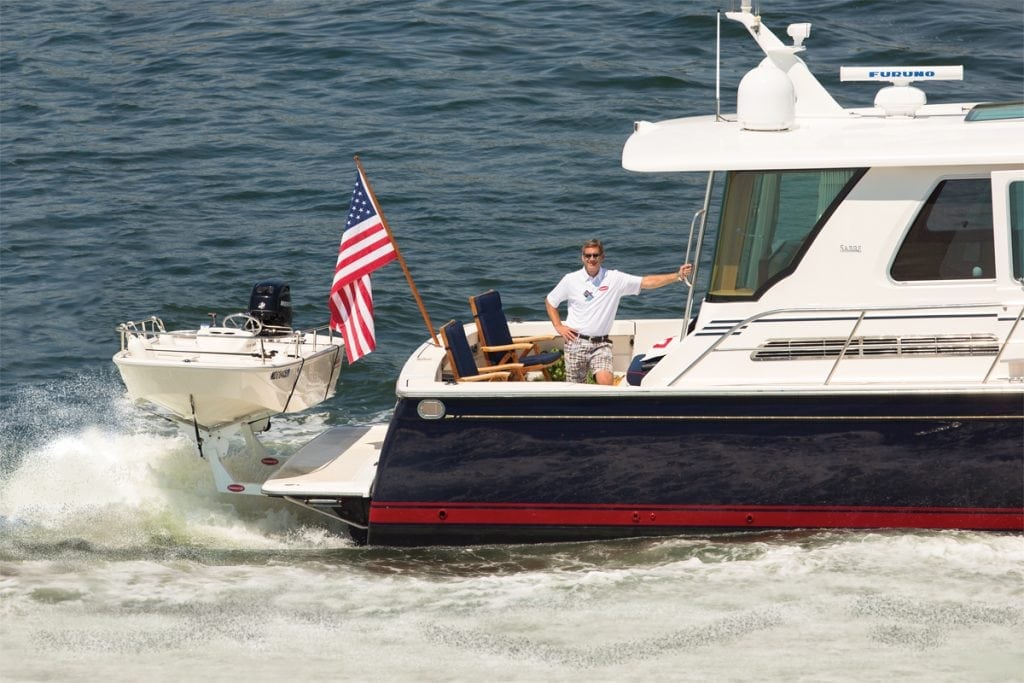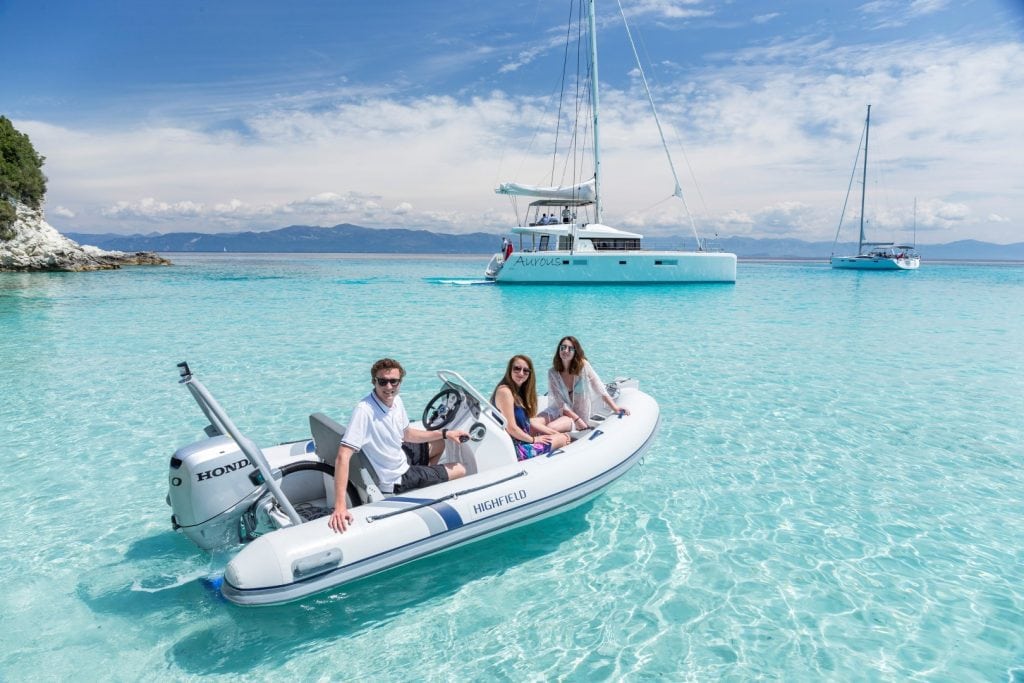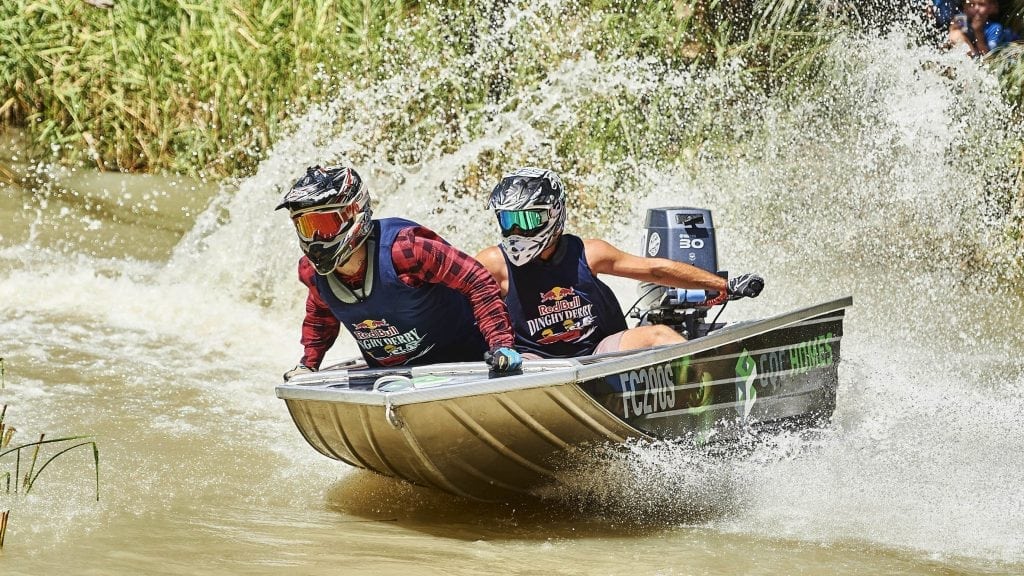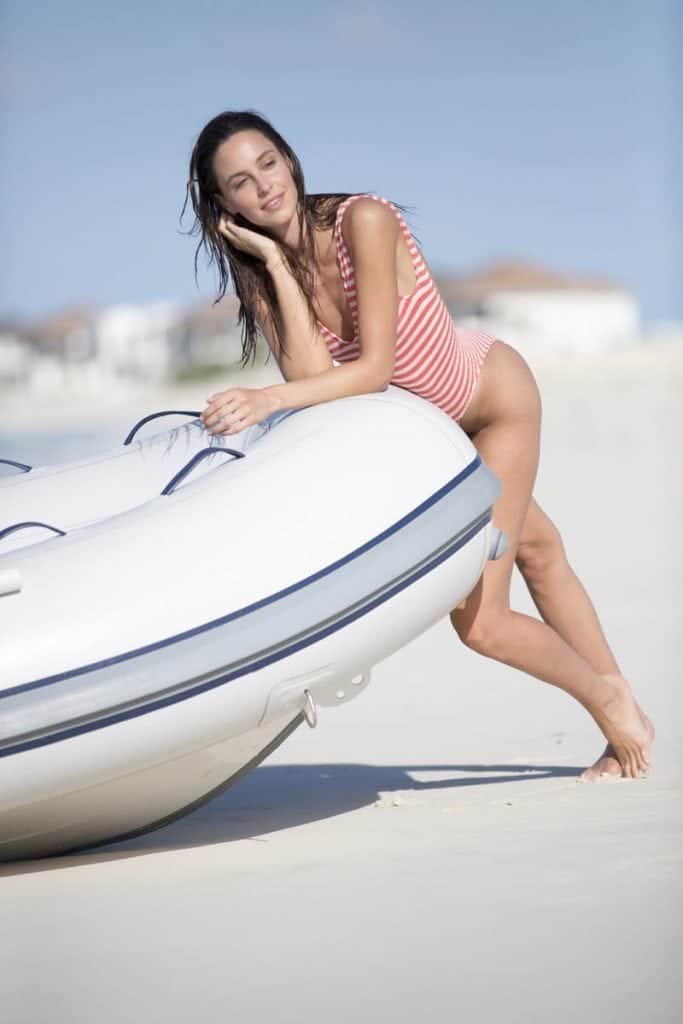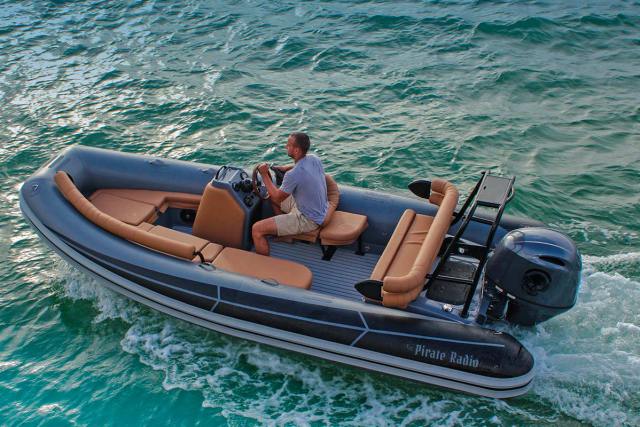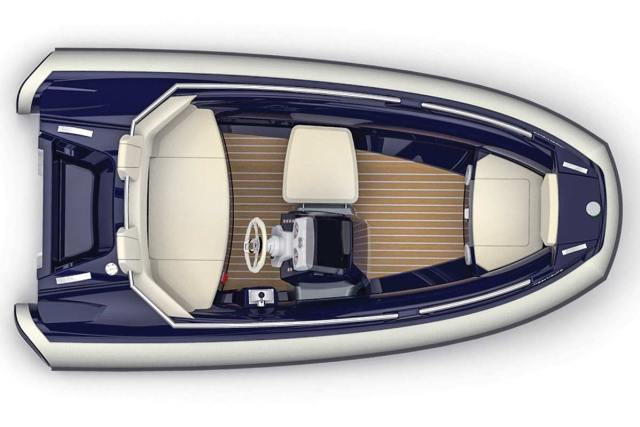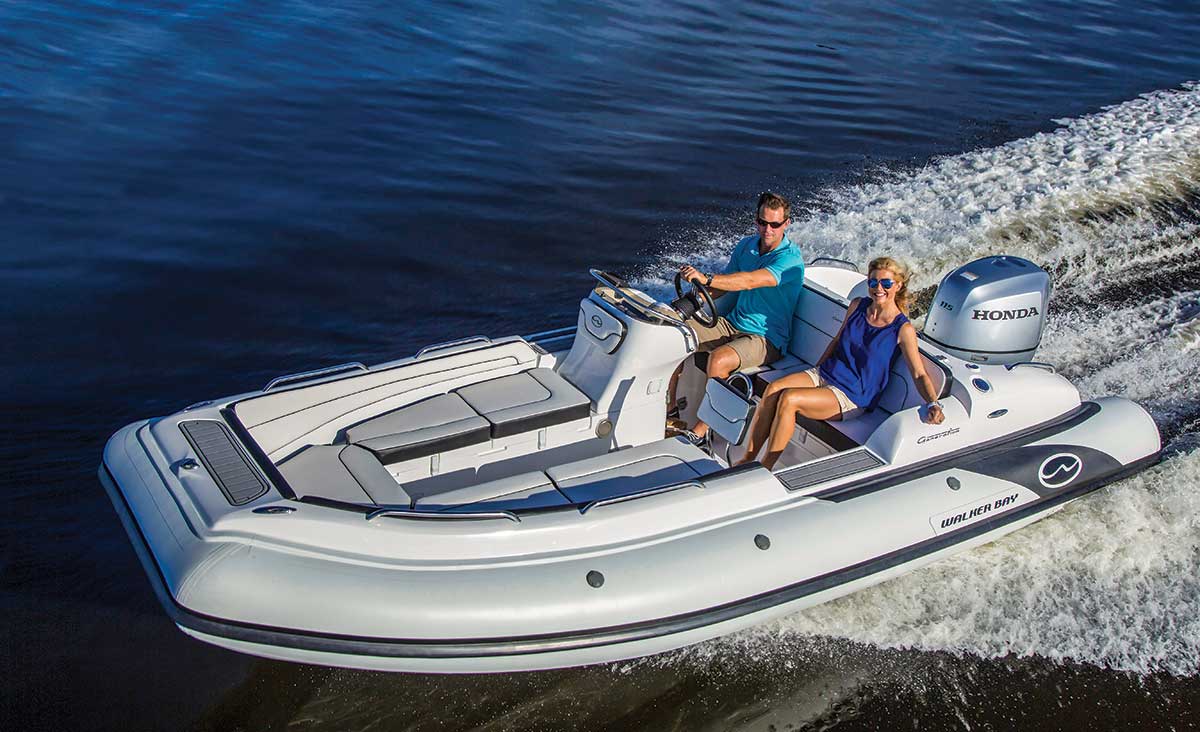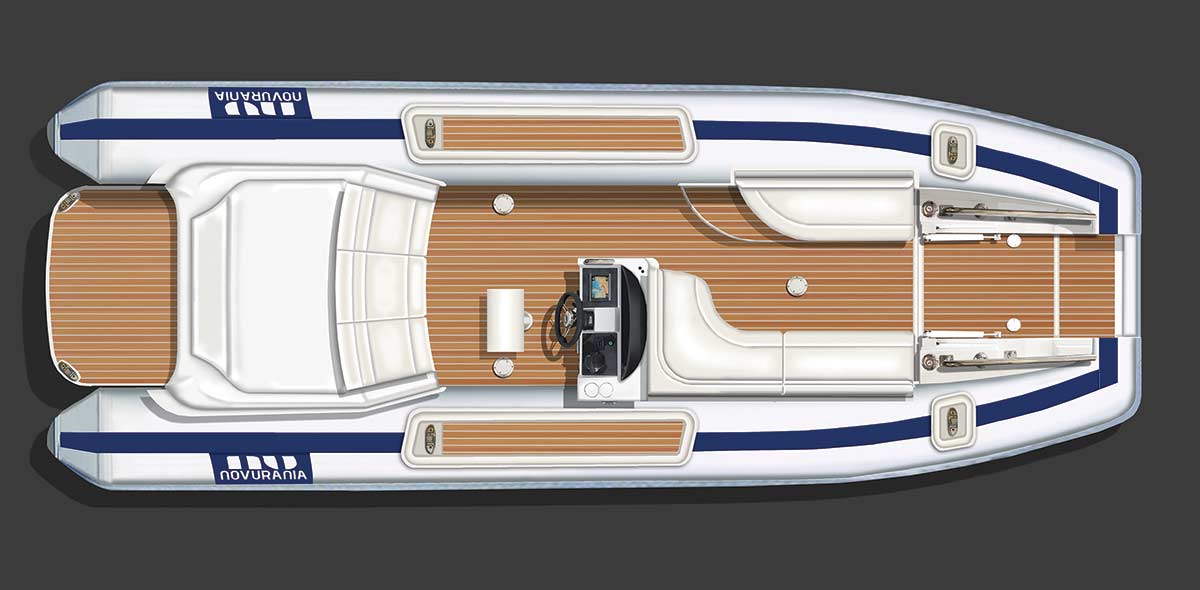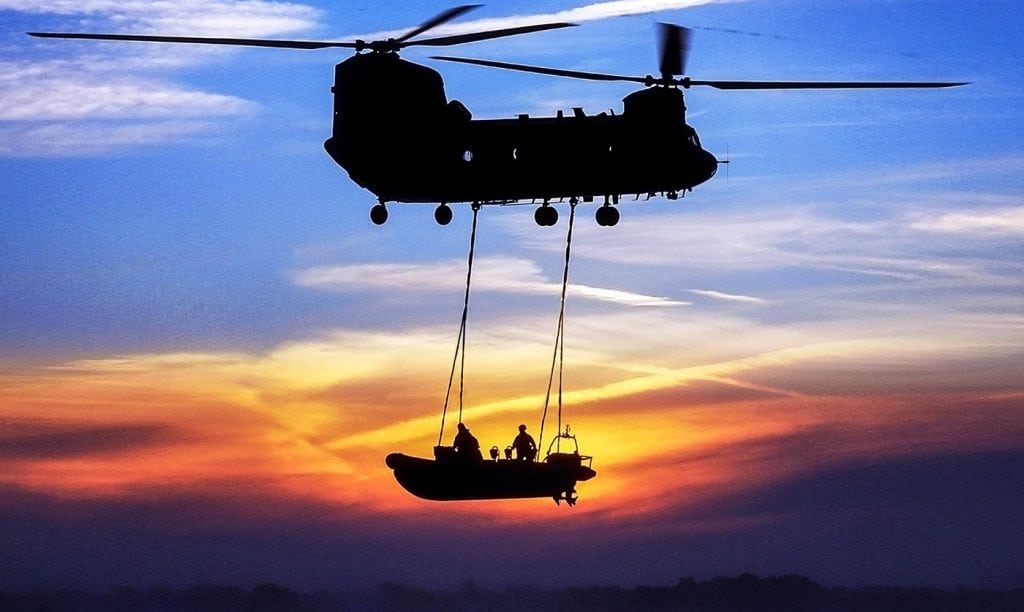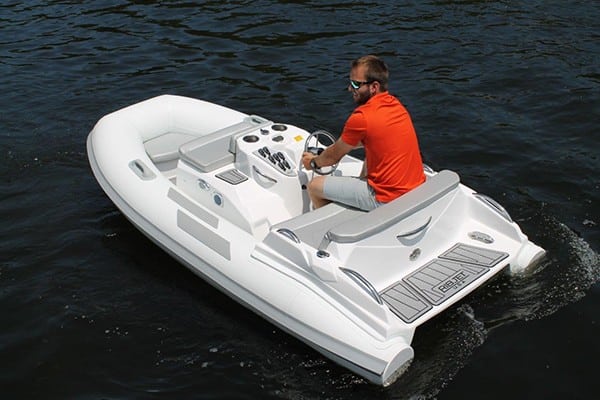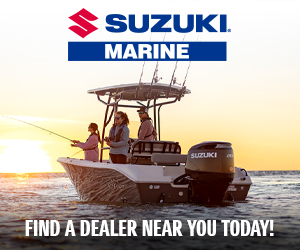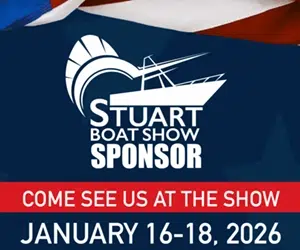Tenders & Ribs
Tougher fabrics, lighter accessories and more powerful engines have continued the trend of making today’s tenders and RIBs more versatile than ever. For some, a RIB is their only vessel, a do-it-all wonder that is easy to operate, gentle around other boats, and filled with features that make them comfortable for all. View Southern Boating’s Tender and RIB reviews to find the right one for you.
2023 Buyer’s Guide: 10 of the Best RIBs Today
Unveiling Ten of 2023's Top RIBS - A Buyer's Guide Nine RIBs and one inflatable make up this year’s buyer’s...
Read moreDetailsBRIG Family Foundation
One of our Southern Boating partners, BoatTEST met with Boyd Tomkies, the president of BRIG USA. BRIG is based in...
Read moreDetailsTop Tenders and RIBS of 2021
Top Tenders and RIBS of 2021 Here’s a look at some of today’s top Tender and RIB builders and their...
Read moreDetailsNew Highs for Highfield
New Highs for Highfield High-performance, high-quality, and high-tech are phrases that combine with the words lightweight, rugged, and durable to...
Read moreDetailsTop 15 Tenders and RIBS
Top 15 Tenders and RIBs Here’s a look at some of today’s top Tender and RIB builders and their models....
Read moreDetailsThe Right Way to Stow your Tender
It’s more fun to tour The Bahamas on your tender. Caves, coves, and shallow waters are the perfect tender setting....
Read moreDetailsThe Highfield OM 390
The Highfield OM 390 is one 'hull' of a RIB Sometimes my job is pretty cool and I get to...
Read moreDetailsDinghy Derby
The Red Bull Riverland Dinghy Derby The Red Bull Riverland Dinghy Derby was held on Sunday, February 4, in South Australia. The...
Read moreDetailsHighfield CL260 Tender
All Highfield Tenders include the Highfield innovative aluminum transom, which takes the inflatables to the next level. Compact and economical,...
Read moreDetailsDIY RIB Repair
Clean, restore and protect your rigid inflatable boat to extend —and enhance—its life and your enjoyment. RIB repair doesn't have to...
Read moreDetailsARGOS NAUTIC 396
ARGOS NAUTIC 396 is a fully customizable 13-foot RIB that comfortably seats up to fi ve adults and still has room for...
Read moreDetailsWalker Bay Generation 525
Love Me Tender The Walker Bay Generation 525 pushes boundaries. The words “yachtsman” and “passion” are so often used together...
Read moreDetailsNovurania Catamaran 24 Diesel
No matter the final destination, the Novurania Catamaran 24 Diesel I/O gets you there in style. The yacht tender, also available...
Read moreDetailsRigid Inflatable Boats
Ribs To The Rescue! Imagine this thrilling scene from an action movie. A rigid inflatable boat pounds through an ocean...
Read moreDetailsRibjet 10 Jet Yacht Tender
Small and Mighty: Ribjet 10 Yacht Tender The Ribjet 10 Jet Yacht Tender is the first in a series of small...
Read moreDetails

